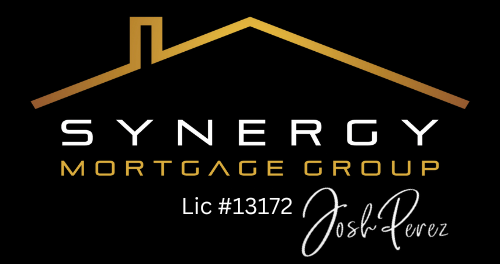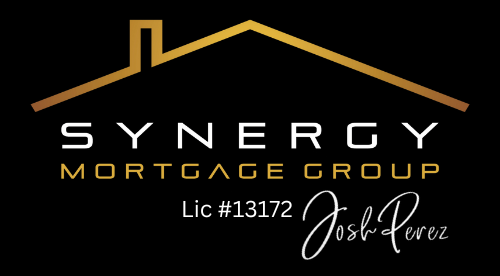Why Self-Employed Individuals Should Avoid Going Directly to the Bank for Their Mortgage
As a self-employed business owner, getting approved for a mortgage can feel like an uphill battle. If you’ve been heading straight to the bank for help, it’s time to rethink that approach. There are two main reasons why this could be a bad idea: the people you’re dealing with and the products they offer. Let’s break down why these two factors can cause problems for self-employed individuals seeking a mortgage.
The People: Lack of Expertise
There’s a growing trend in banks today, one that’s getting worse with every passing year: more and more bank employees are lacking the necessary experience in financial planning, particularly when it comes to understanding business owners. This leads to a crucial misunderstanding of how businesses operate, which can directly impact the approval process for a mortgage.
When you go to the bank, the person you’re dealing with may not ask the right questions or dive deep enough into your business’s financial health. They might focus too heavily on what you personally take out of your business, instead of getting a full picture of how your business operates and its potential for growth. The lack of this understanding means your mortgage application could be misjudged, leaving you without the approval or terms you need.
The Products: Not Designed for Business Owners
The second issue is the products that most banks offer to business owners. Traditional bank products often base their qualification process on the personal income a business owner takes out of their business. For many entrepreneurs, this creates a problem because it’s often in their best interest to leave more money within the business rather than withdrawing it personally. This is especially true when trying to grow a business sustainably.
By focusing solely on personal income, banks miss a huge part of the picture. A business owner’s true financial strength is not just in the salary they pay themselves, but in the overall health and future potential of their business. When banks ignore this, they miss opportunities to offer better mortgage products that take into account the business’s long-term financial viability.
The Alternative: Working with a Mortgage Broker
As a mortgage broker, my role is to work with a wide variety of lenders who take a common-sense approach to self-employed business owners. Instead of just looking at personal income, we dive deep into the overall financial health of the business itself. This involves looking at how the business operates, understanding its financial structure, and making sure that your business’s potential for growth is properly recognized.
One of the biggest benefits of being a business owner is the ability to retain earnings within the company. By doing this, you can avoid the highest personal tax rates and use the extra funds to grow your business sustainably. But when you go directly to a bank, they might penalize you for not taking out large amounts personally. A mortgage broker, however, can work with you to ensure that your business’s growth strategy is taken into account, helping you secure a mortgage that fits your long-term goals.
In Conclusion
If you’re self-employed and you’re planning to get a mortgage, it’s time to stop going directly to the bank. Instead, work with a mortgage broker who understands the unique needs of business owners. A mortgage broker will help you navigate the complexities of self-employment and find mortgage products that are more in line with your business’s health and future potential. Don’t let banks’ limited understanding of your financial situation stand in the way of your homeownership goals. Take the smart route and get the right support to secure a mortgage that works for you and your business.
"Most bank products lean on what a business owner takes out personally of their business and base their qualifying on that number. Whereas in most cases, it's prudent to keep more money in the business so that it can grow and become more profitable."





